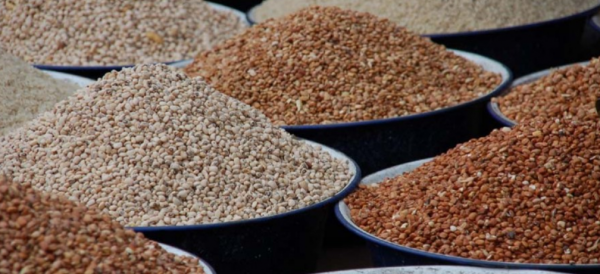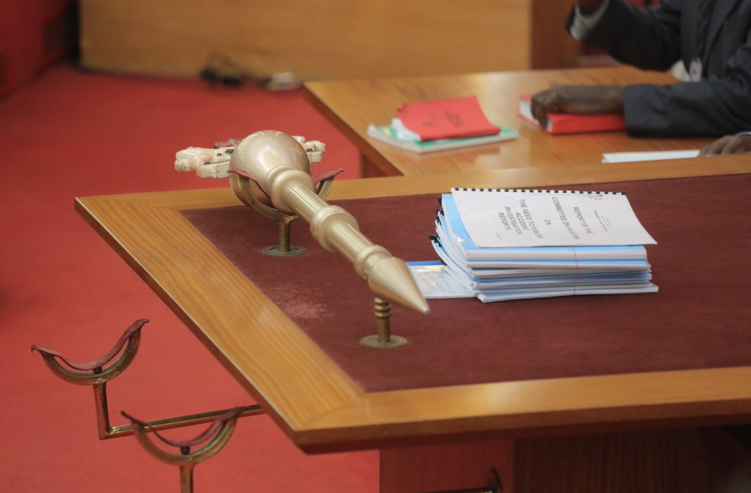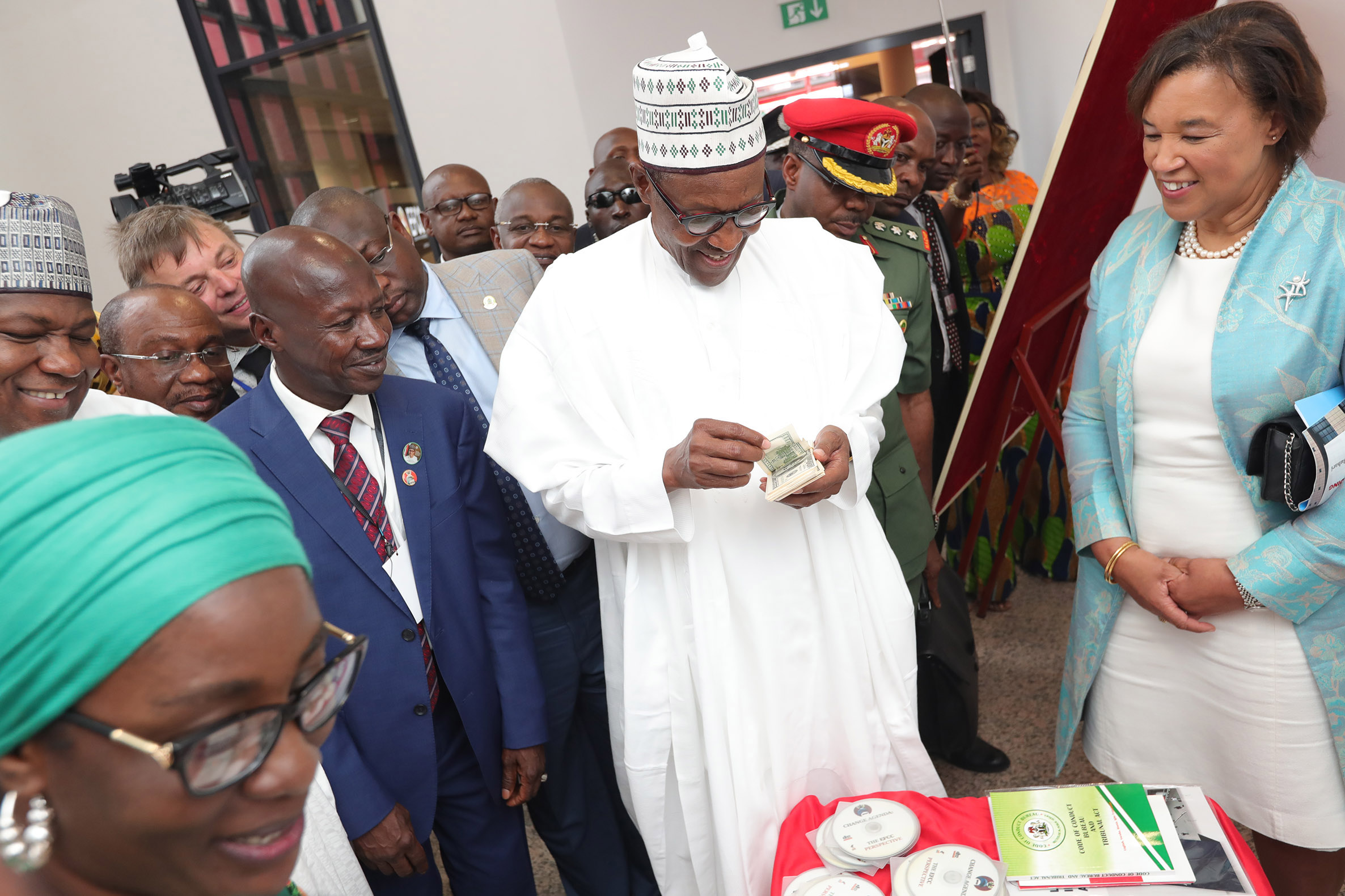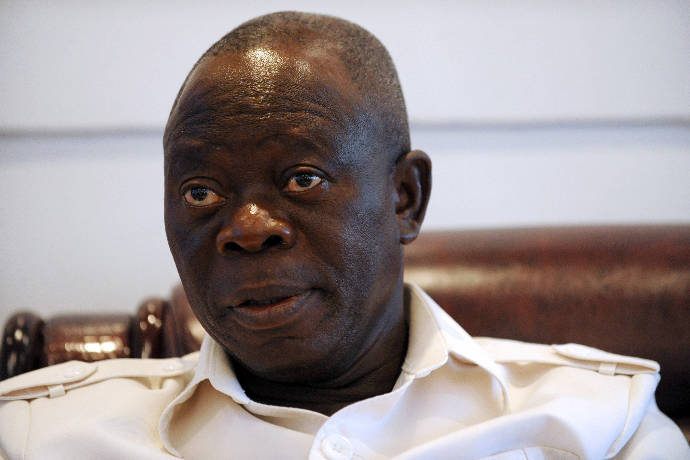Data made available by the National Bureau of Statistics show that inflation rate has again slowed to 12.48 percent in April from the 13.34 percent recorded in March.
This figure is 0.6 percentage points higher than the federal government’s inflation projection of 12.42 percent for 2018 as contained in the 2018-2020 Medium Term Expenditure Framework and Fiscal Strategy Paper.
“The GDP is projected to grow at 3.5 percent in 2018, while inflation is expected to moderate to 12.42 percent,” the document reads.
The 2018 budget also has an inflation benchmark of 12.4 percent.
Advertisement
This is the 15th consecutive month of disinflation since January 2017.
Food inflation, 14.8 percent, is at its lowest in 24 months.
Advertisement
‘The average annual rate of change of the food sub-index for the twelve-month period ending April 2018 over the previous twelve-month average was 18.89 percent, 0.4 percent points from the average annual rate of change recorded in March (19.29) percent,” the report read.
Food items witnessed the most increases in the prices of potatoes, potatoes, yam and other tubers, fish, bread and cereals, oil and fats, vegetables, coffee, tea and cocoa, meat, milk, cheese and eggs.
Godwin Emefiele, governor of the Central Bank of Nigeria, had expressed hopes that inflation would be in single digit by the middle of 2018.
“We are very optimistic that food prices will come down, and as they come down it will help to complement the reduction in core inflation,” he said in 2017.
Advertisement
“We are hoping that by the middle of next year we should begin to approach the high single digits.”
Addressing journalists at the Spring meeting of the International Monetary Fund and World Bank Group in April, he said the monetary policy committee will loosen rates as prices improve.
“At this time, yes, we are still in the mode of tightening…but I can assure all of us that we will not tighten perpetually, that at some point, we will begin to loosen and I believe that those financial accommodation period are coming on very, very soon,” Emefiele said.
On a year-on-year basis, food inflation was at its highest in Kebbi (17.92 percent), Bayelsa (17.85 percent) and Nasarawa (17.71 percent), while Benue (10.95 percent), Kogi (12.27 percent) and Gombe (12.46 percent) recorded the slowest rise in food inflation.
Advertisement
On a month on month basis, food inflation was highest in Lagos (2.49 percent), Ekiti and Kebbi (2.0 percent) and Rivers (1.98 percent).
Advertisement
Add a comment







